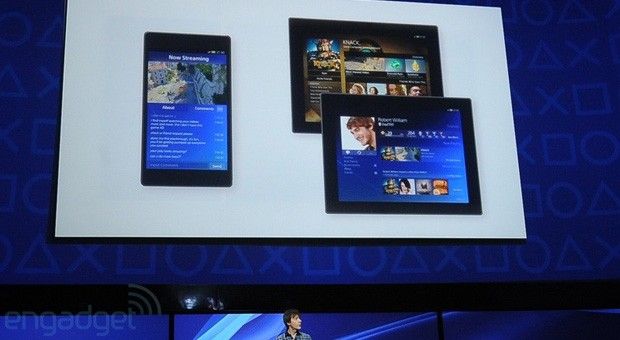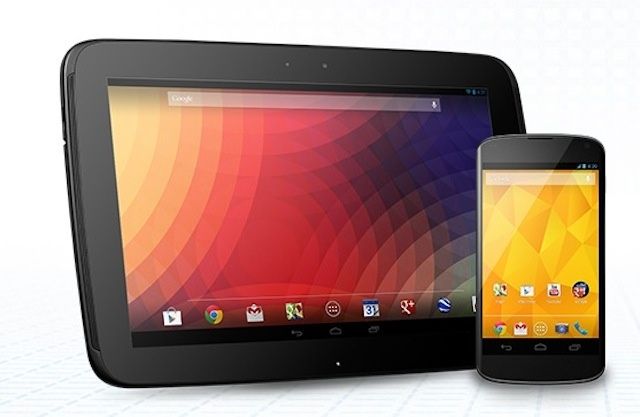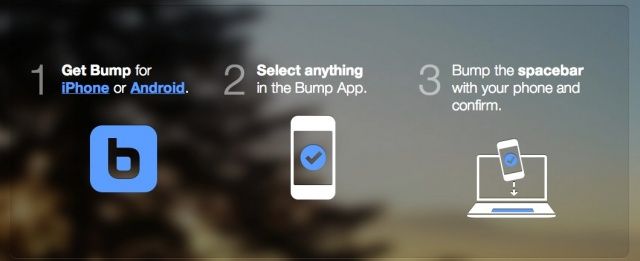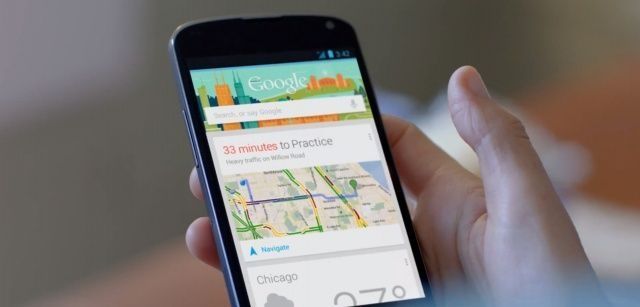HBO today updated both its HBO Go and Max Go apps to support a physical connection from your Android-powered smartphone to the big TV in your living room, via HDMI.
It’s been about ten days since the entertainment company updated it’s iOS app to allow for wireless AirPlay streaming. As the native streaming technology for Android is somewhat less mature than the iOS/AppleTV system, it makes sense that HBO would standardize on the physical connection via HDMI, rather than trying to find a comparable Android wireless streaming solution, and a wired connection will be ever so much more reliable, anyway.
You’ll still need to be a subscriber to get any use out of either of the HBO Go or Max Go apps, but if you are, head on over to the Google Play store and grab them, your smartphone, and an HDMI adapter, and watch great TV on an actual TV! Though, we guess you could do that right ON your TV, since you’re a subscriber.







